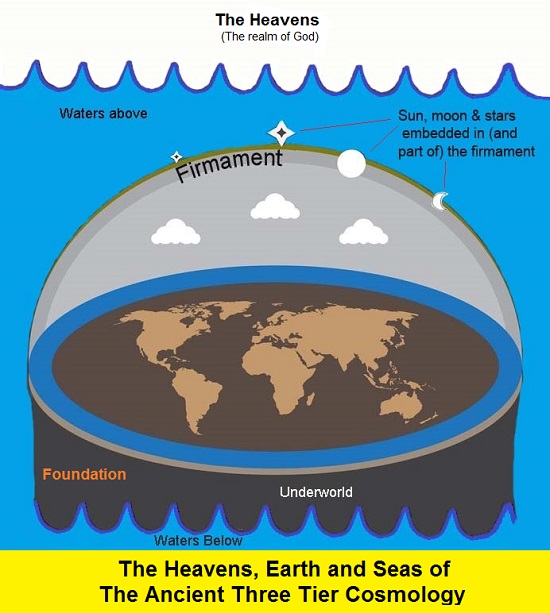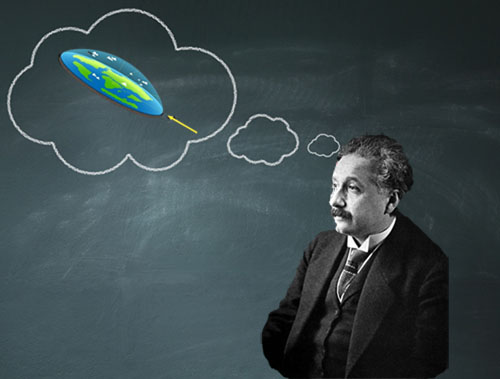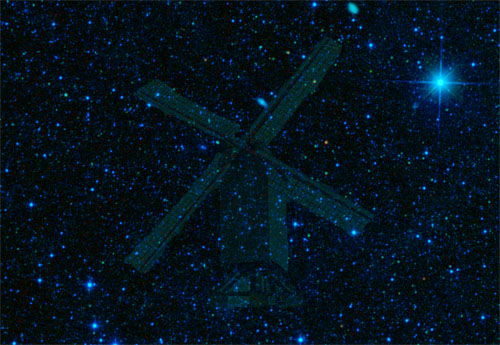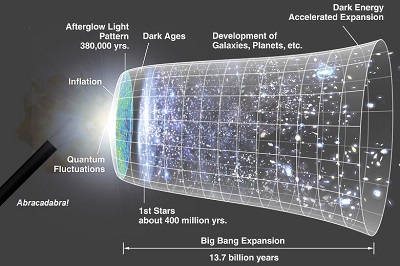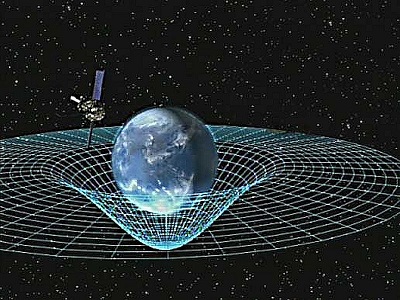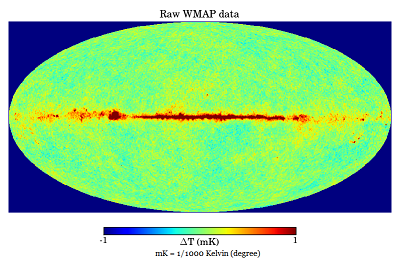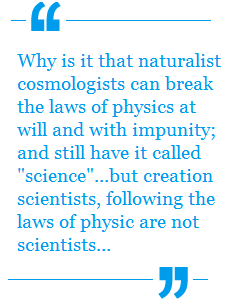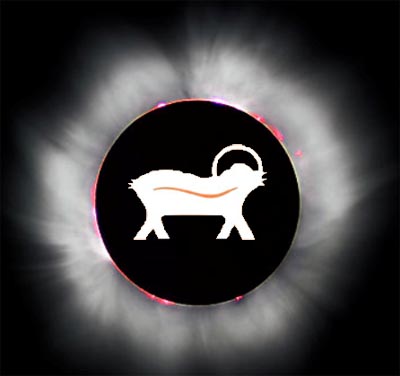The above logo was created for the 80th anniversary of the opening of the Golden Gate bridge. According to retired Security chief Bill Rumsford, they were expecting 40-50,000 people. But the turnout was closer to 250 to 275,000 people. While they were confident the bridge would hold, Chief Engineer Denis Mulligan noted “What was interesting is that’s the greatest loading the bridge has ever seen. It carries trucks and buses and cars everyday, but people packed in there like sardines in a can actually caused the bridge to sag.”[1]
But this article is not on the structural integrity of the bridge. This is about something a bit more obvious. The above logo is painted on a building near the bridge. (Note the artist painting it.)
A Painting Requires a Painter
The obvious point that I want to make is that for a painting to exist, it needs a painter. Obvious right? Because a painting – in this case a logo – is a special case of a design that is implemented. In the previous article we looked at another special design – that of irreducible complexity. As discussed in the previous article, an irreducibly complex object cannot be made by random forces. It must be designed and assembled by an intelligent designer. And as pointed out in part 1 – a suspension bridge like the Golden Gate bridge is irreducibly complex. Continue Reading


